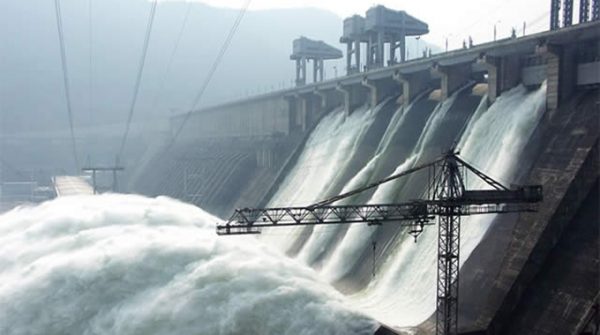State Power utility, Zesa Holdings, may be forced to stop generation at the Kariba Hydroelectric Plant as water levels have plummeted to critical levels, Business Weekly can reveal. This publication also recently carried a story of low coal stock reserves at Hwange Thermal Station, the country’s second largest power station, as coal miners are failing to meet demand, a development compromising national power supply.
Kariba, Zimbabwe’s largest power plant with a capacity of 1 050MW, is churning out less than 10 percent of its capacity as water levels at the lake, where neighbouring Zambia also draws water for its power plant on the northern bank, are fast dwindling.
At peak periods of demand, the country requires about 1 800MW, but is currently able to produce an average of 500MW, at best, due to the effect of drought on Kariba water levels and the antiquated equipment at Hwange Power Station.
Zimbabwe has been enduring the worst power cuts in three years due to declining water levels at the giant water reservoir and dilapidated power infrastructure at Hwange thermal plant.
Importing power is also a challenge as some of the regional suppliers, particularly Eskom of South Africa, are struggling to keep generating units in service. A scarcity of foreign currency has also resulted in Zimbabwe struggling to pay for power imports.
“What we see is the continued decline in output due to low water levels and there is no guarantee that Zesa will be able to keep the plant in operation in near future,” said a source who requested not to be named because he is not authorised to talk to the media.
Given that water levels in the Kariba dam only reach peak inflows around middle of each calendar year when plains up north where the river originates will have saturated, the dam may not supply power for more than half the year in 2020.
Hwange thermal station has become so unreliable due to recurring breakdowns and the situation at Kariba is likely to worsen the already dire electricity supply situation in the country.
Zesa spokesperson Fullard Gwasira told Business Weekly in an interview that the allowable threshold of water that can be used for power generation continues to decline by the day.
“As long as we continue generating, water keeps going out with no corresponding inflows,” said Gwasisa.
“We will try and stretch the (use of) available water to maintain generation. Zesa will try and maximise what is available. But we do not anticipate to shut down.”
ZESA commissioned two units at Kariba last year with capacity to generate 300 MW built under a US$533 million deal with Chinese company, Sino Hydro.
The same company is building two more generating units at Hwange with capacity of producing 600MW.
Hwange is operating with critically low stocks of coal due to reduced feedstock supplies from the miners amid concerns that the situation could also trigger stoppages of power production.
Recently, Zesa claimed that it was not getting enough supplies from the coal miners — Hwange Colliery, Makomo Resources and Zambezi Gas.
Its target stock is 300 000 tonnes, which is equivalent to 45 days of power generation at 600MW. But ZESA is only receiving an average of 85 000 tonnes, enough for only 11 days.
Prolonged cuts
The prolonged power cuts have led to production stoppages while households are enduring power cuts lasting for 19 hours. The Government assumes the economy will shrink 6 percent this year due to a combination of factors including, power cuts.
Zimbabwe Power Company said it missed its third quarter target by 36 percent, after sending 1,505.44 GWh of energy against a target of 2,355.61 GWh.
This output is 67,48 percent below the output for the same period in 2018.
Year-to-date, ZPC has send out 6219, 28 GWh, representing a negative variance of 9,08 percent_Business Weekly
.png)




